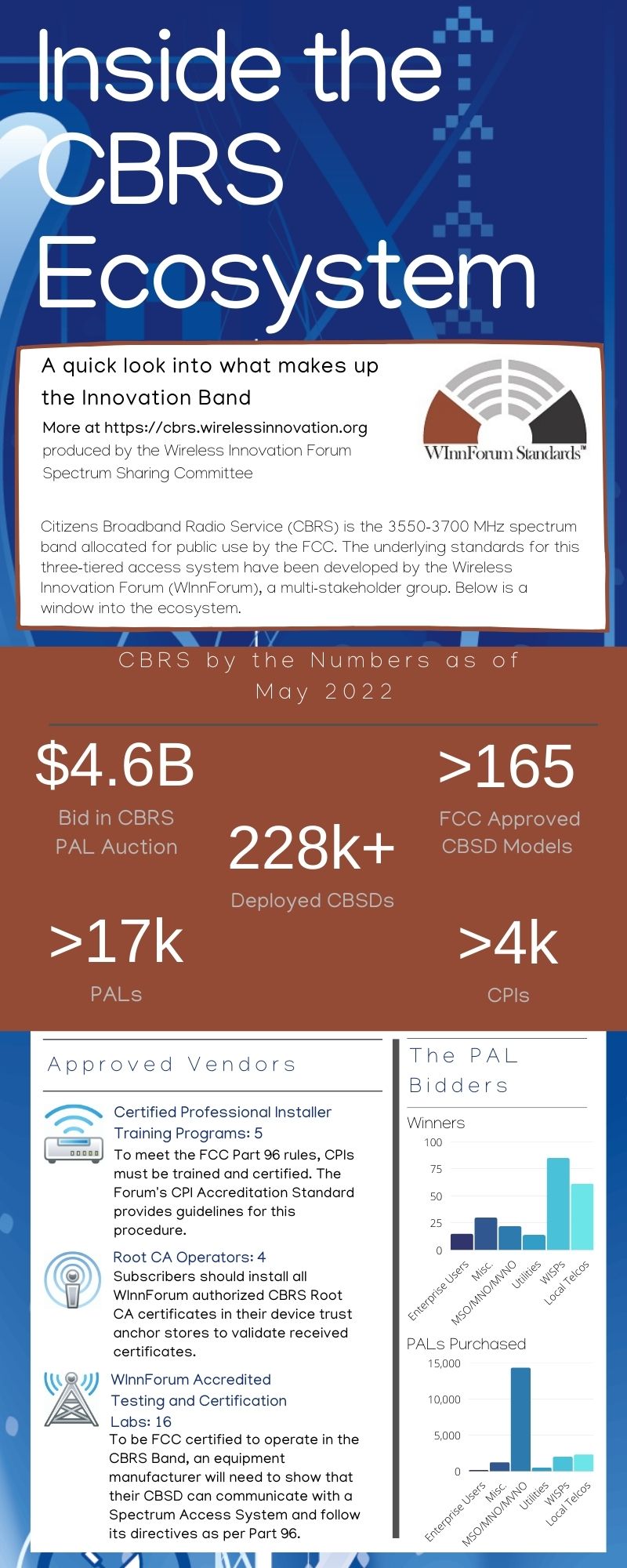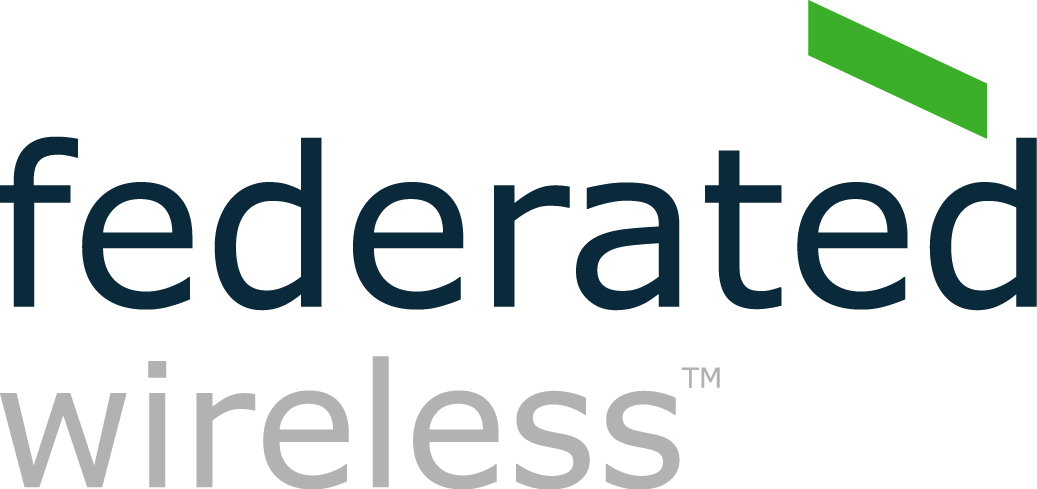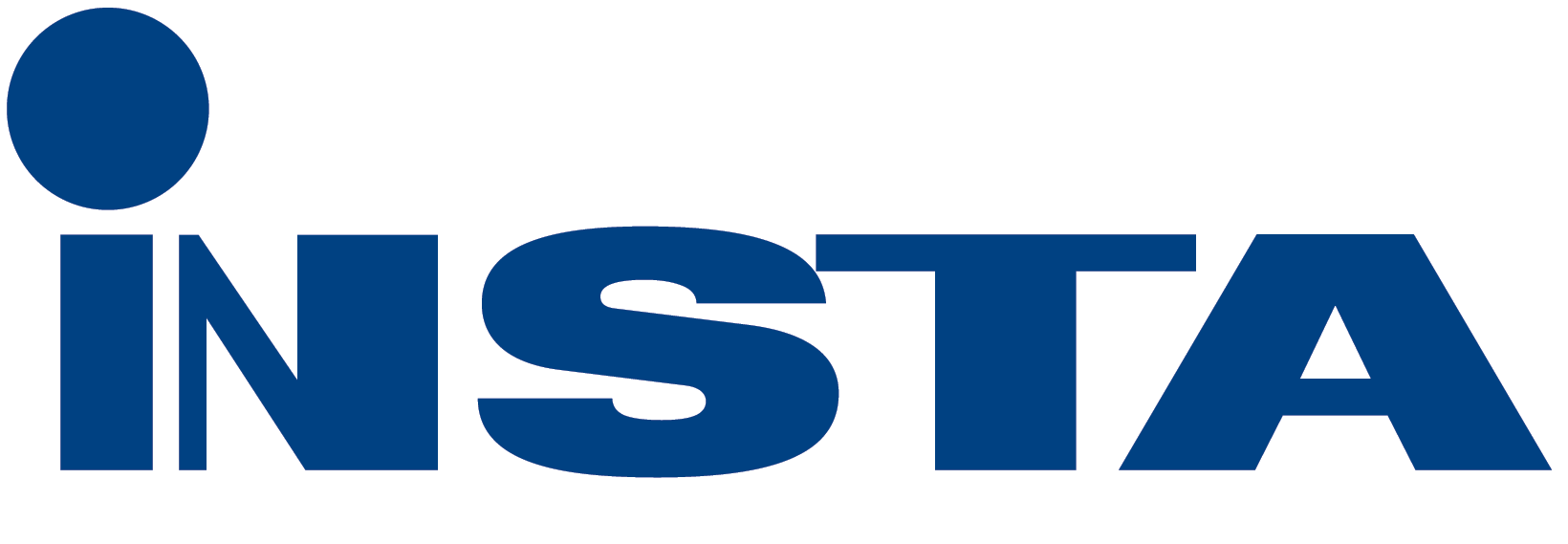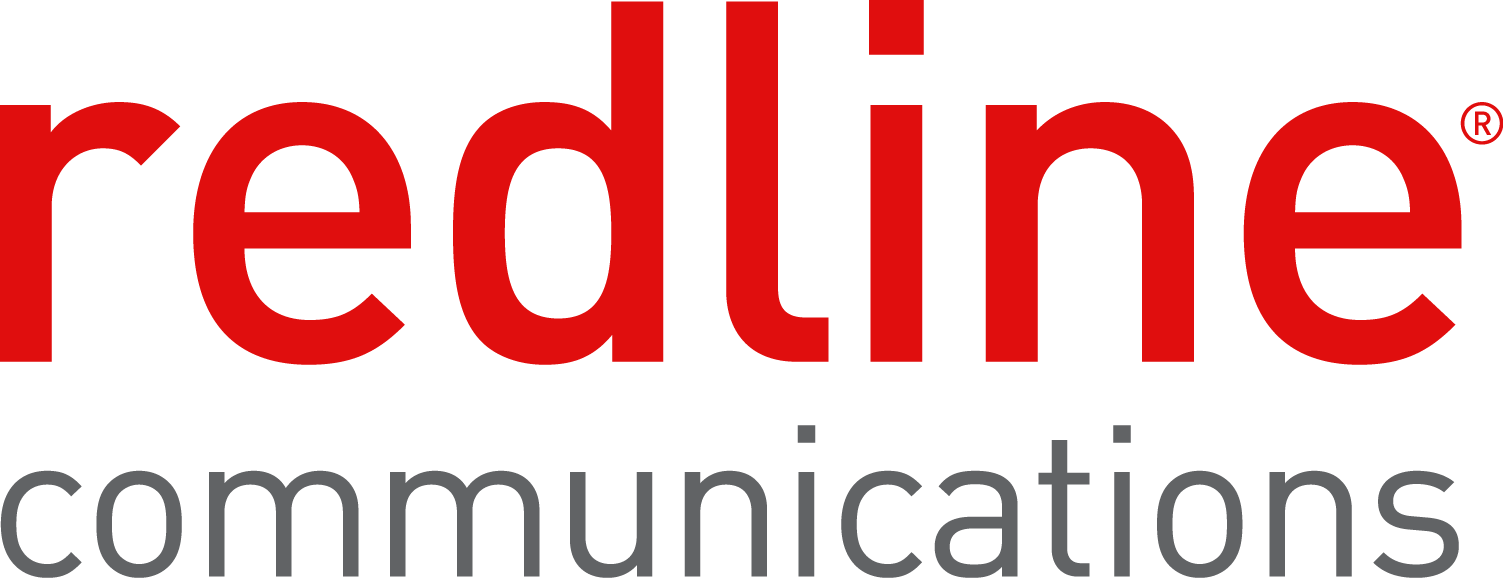
NTIA’s David Redl keynotes TIA 5G Policy Forum.
“The days of redeploying spectrum from one use to another are over, for the most part,” according to David Redl, Assistant Secretary of Commerce for Communications and Information. “There are no more easy and relatively painless relocations we can do.”
Instead, Redl, who heads Commerce’s National Telecommunications Information Administration (NTIA), pointed to the development of Dynamic Protection Areas (DPAs). DPAs, he said, are “transforming the older, static model of ‘exclusion zones’ into a dynamic sharing model, which can allow multiple uses across time and geography.” Redl made these remarks as part of his keynote address at the Telecommunications Industry Association’s June 21 Policy Forum, “Federal Spectrum Policy for the 5G Era” in Washington, DC.
The Assistant Secretary noted that NTIA and the Federal Communications Commission (FCC) have been working on ways to re-purpose and share various spectrum ranges. He specifically mentioned the AWS-3 transition to the millimeter wave range above 24 GHz, and Citizens Broadband Radio Service (CBRS) in the 3.5 GHz band, as being particular areas of focus. He said that the agencies are working with the Wireless Innovation Forum “to complete the standards and the certification framework for the Spectrum Access System and Environmental Sensing Capability that will work together to control the CBRS devices” using a groundbreaking dynamic sharing approach.
These were just a few of the items in a long list of examples Redl offered to illustrate how “government, the private sector, and all stakeholders” are building a strategic approach toward spectrum goals. Citing mandates from Congress, such as the Spectrum Pipeline Act and the MOBILE NOW Act, Redl outlined how federal agencies and industry are striving to make more spectrum available for innovative uses.
He described the Spectrum Efficient National Surveillance Radar (SENSR) program, which is a joint initiative of the Federal Aviation Administration, the Department of Defense, the Department of Homeland Security, and Commerce’s National Oceanic and Atmospheric Administration (NOAA). SENSR is exploring whether the radar operations of these four agencies in the 1300-1350 MHz band might be “streamlined, combined or otherwise updated so that some of this federal spectrum could be re-purposed.”
Redl also pointed out that while the government continues to look for spectrum areas it can hand over to consumer uses, many of the most desirable bands have already been largely cleared. Rather than simply constrain the use of remaining government spectrum, federal agencies are putting together a plan that would allow federal users to share spectrum in some non-Federal bands. At the same time, Federal agencies could lease some of their available spectrum to other users. This “bi-directional” approach is just getting started, but there is hope that it can contribute to more efficient spectrum use.
The Assistant Secretary discussed the work of the Institute for Telecommunication Sciences, (ITS), NTIA’s lab in Boulder, Colorado. ITS is developing models that can predict signal strength and examines areas where radio signals might interfere with each other. Given that 5G will require much denser deployment of transmitters, Redl pointed out that upgrading propagation models and electromagnetic compatibility (EMC) analyses to improve researchers’ understanding of radio frequency characteristics is especially important. He pointed to the laboratory’s past work with standards bodies on 4G deployment, especially for public safety uses, as a precedent for ITS’ continued contributions in spreading 5G.
NTIA also handles Federal agencies’ preparation for next year’s World Radiocommunication Conference (WRC). While NTIA coordinates government users’ work through the federal Interdepartmental Radio Advisory Committee (IRAC), the FCC and its advisory committee gathers input from industry and other non-Federal parties. The State Department then reconciles any differences between the two groups.
As he did throughout his address, Redl’s conclusion emphasized the benefits of government, industry, and other stakeholder working together to coordinate not just the efficient use of spectrum, but overall Internet policy as well. He thanked TIA in particular for its efforts on cybersecurity, notably related to botnets and the Internet of Things (IoT). He agreed with an earlier TIA statement calling for government and industry to work together in order to “to foster innovation and to better secure the ecosystem,” and to ensure that “businesses, organizations and individuals can expand their trust, investment and engagement in the digital economy while also reinforcing the voluntary, multistakeholder approach to Internet policymaking.”
Assistant Secretary Redl’s full comments are available here.
See Part II: Follow-Up Panel Notes Real-World Progress at TIA 5G Policy Forum
[Steve Pastorkovich is a Washington, D.C.-based consultant specializing in telecommunications, trade association operations, and public policy. LinkedIn https://www.linkedin.com/in/steve-pastorkovich-4a94412/]
This article was updated 7/5/18 to include a link to the Wireless Innovation Forum and correct formatting.





















































